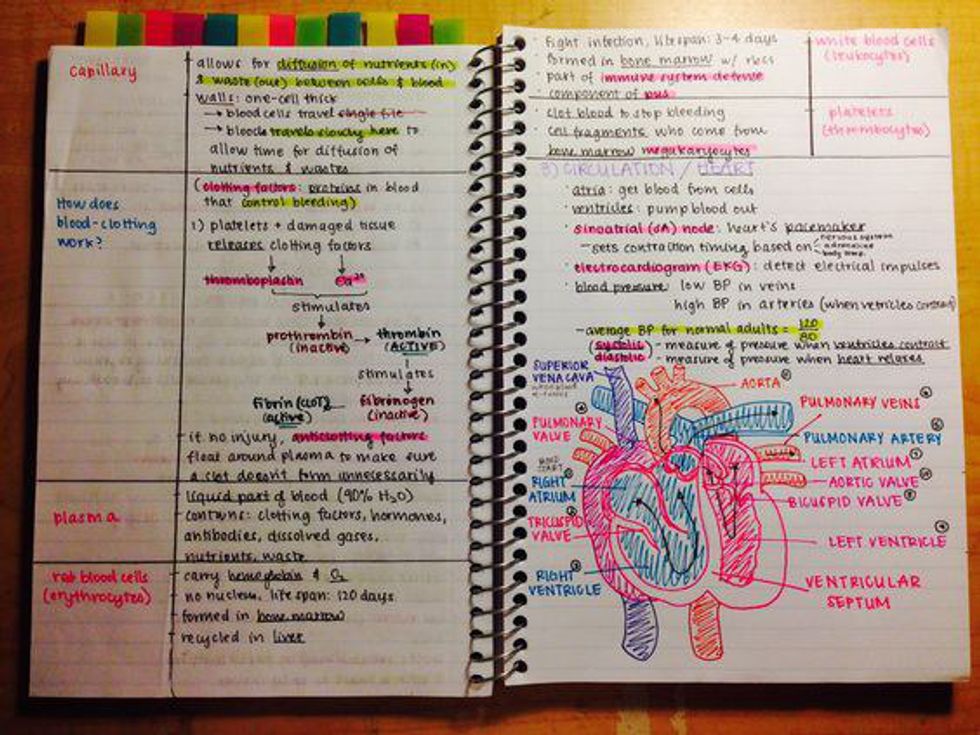The deep plane facelift is a state-of-the-art procedure designed to release the muscle layer found underneath your skin. Most modern facelifts today yield a look that can best be described as ‘tight’ or ‘overfilled.’
The deep plane facelift is a state-of-the-art procedure designed to release the muscle layer found underneath your skin. Most modern facelifts today yield a look that can best be described as ‘tight’ or ‘overfilled.’
The deep plane facelift can overcome such issues. It concentrates on releasing and moving fat layers and muscles to achieve the desired outcome. Conversely, conventional facelifts focus on pulling and removing the patient’s skin.
The result of a deep plane facelift is that your overall facial appearance will be improved. The goal of a facelift should not be to turn you into someone completely unrecognizable to others. Instead, it should focus on helping restore your youthful looks.
Below, we will look closely at what a deep plane facelift entails.
What is a deep plane facelift, and how does it work?
A deep plane facelift is a revolutionary type of facelift that helps reverse age-related damage. Your deep tissues are responsible for holding your skin in place. A deep plane facelift will target your deep tissues to deliver a reverse-aging effect.
The result is that your new and improved looks will last longer than a conventional facelift. The nasolabial folds, in particular, will benefit greatly from a deep plane facelift. Those who wish to alter their midface region will benefit significantly from the procedure.
Facial structures found deep within your tissues will be altered by the surgeon to treat facial skin laxity. Ligaments will be effectively released, and underlying muscle, excess fat, and excess skin will also be repositioned as needed.
A deep plane facelift procedure may take slightly longer to recover from when compared to a regular facelift, but the results tend to last significantly longer.
What are the advantages of deep plane facelifts over regular facelifts?
The benefit of a deep plane facelift over a regular facelift is that it does not produce a stretched appearance. Traditional facelifts tend to create tension and tightness that can be quite unsightly.
The muscles in the cheek and cheekbone regions are also released during a deep plane facelift, allowing the midface area to be sculpted significantly but subtly. Another key difference is that the muscle layer is supported and lifted during a deep plane facelift.
A conventional facelift only involves getting under the skin layer. The surgeon will then fold the muscle layer over itself to create added tightness. The results are often quite stark and the patient looks significantly different.
An improved appearance is one of the reasons why so many people are now opting for a deep plane facelift over a regular facelift. You will look more youthful but also not look like a completely different person either.
Better results are yet another reason. The results of a deep plane facelift will last significantly longer than a regular facelift. You may not even need follow-up or touch-up procedures for the rest of your life.
The recovery time is also fairly quick. While some pain, swelling, and bruising are expected, most patients will be able to return to work in 2 to 3 weeks. A deep plane facelift is strongly recommended if long-lasting results are your top priority.
What are the requirements for an ideal candidate for a deep plane facelift procedure?
You must be in good physical health. Furthermore, your skin must have retained at least some of its elasticity and flexibility. You may not qualify for the procedure if you do not have supple skin.
In addition to your skin condition, age may be a qualifying factor. By age, we are referring to your genetic age and not your legal age. Lifestyle factors will also be the key determining factors during your consultation. You should avoid smoking for 4 to 6 weeks prior to the surgery.
However, most people who undergo a facelift tend to range between 40 and 70. Your facial bone structure will also be evaluated. The results will be excellent if your underlying bone structure is aesthetically balanced.
The Future is Now
If you are currently dealing with noticeable changes to your jowls and neck region, you may want to consider a deep plane facelift procedure. A deep plane facelift is a top-of-the-line and innovative facelift procedure that yields long-lasting results in most patients.
It is also a safe procedure with a low risk of complications, and most patients will be able to return to work within a few weeks.
Sources:
Am I a Good Candidate for Facelift Surgery? San Francisco Bay Area (deschamps-braly.com)
Benefits of a Deep Plane Facelift | Nicholas Lahar, MD (laharplasticsurgery.com)
Deep Plane Facelift Montreal, Laval, & Gatineau | Dr. Mark Samaha (montrealfacialsurgery.com)
Deep Plane Facelift Overview: Cost, Recovery, Before & After | AEDIT
Understanding Deep-Plane Facelift and If You’re Right for It (drsaigal.com)









































